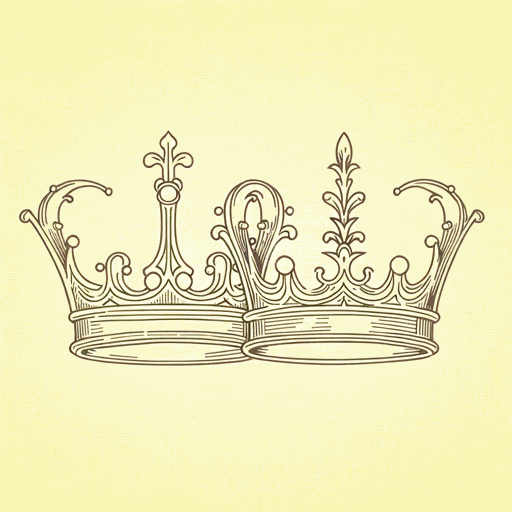50 pages • 1 hour read
Mark TwainThe Prince and the Pauper
Fiction | Novel | Middle Grade | Published in 1881A modern alternative to SparkNotes and CliffsNotes, SuperSummary offers high-quality Study Guides with detailed chapter summaries and analysis of major themes, characters, and more.
Themes
The Relationship Between Personal Identity and Social Class
The Prince and the Pauper examines how one’s social class defines, or is unable to truly define, personal identity. Characters in the novel are often described by their social standing, as when the guard calls Tom a “young beggar” (21) in Chapter 3. Many chapter titles follow this model, including “The Prince with the Tramps” (124), “The Prince with the Peasants” (157), and “The Prince with the Prisoner” (185). Indeed, the title of The Prince and the Pauper itself defines the characters by who they are in English society. Markers of social class, especially clothing, are central to how people interact: Tom and Edward switching clothing and thereby reversing their social statuses is the plot’s premise. To many characters, personal identity and social status are synonymous.
However, Twain challenges this method of judging a person, condemning the conflation of identity and class. Primarily, this is achieved by the central premise of the plot. Through imagining two identical, but personally distinct, people born at opposite ends of society, Twain satirizes a society that believes in rigid social class. Both Edward and Tom frequently admit that they have swapped identities and act in ways unexpected for a person of their station.
Related Titles
By Mark Twain

A Connecticut Yankee in King Arthur's Court
Mark Twain
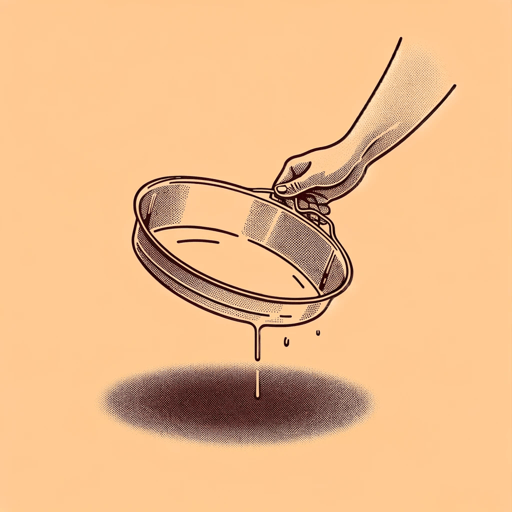
A True Story
Mark Twain

Letters from the Earth
Mark Twain
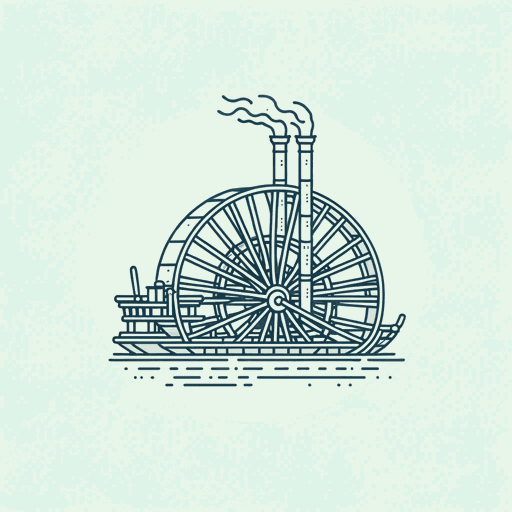
Life on the Mississippi
Mark Twain
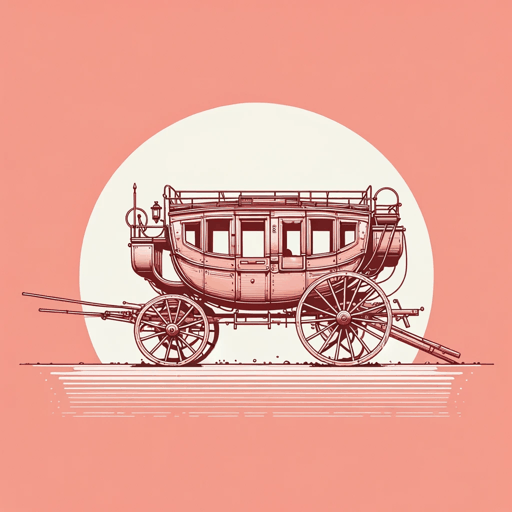
Roughing It
Mark Twain

The Adventures of Huckleberry Finn
Mark Twain
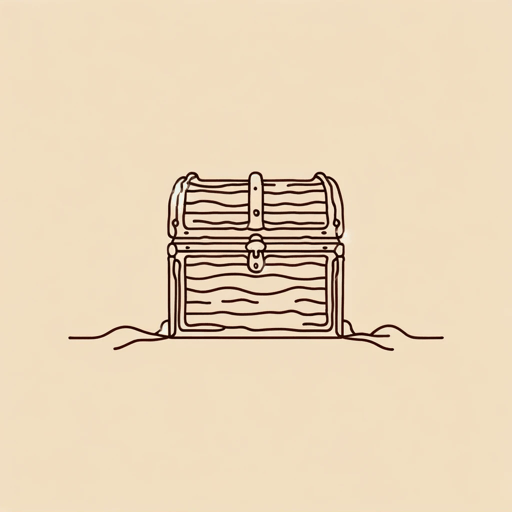
The Adventures of Tom Sawyer
Mark Twain

The Autobiography of Mark Twain
Mark Twain

The Celebrated Jumping Frog of Calaveras County
Mark Twain

The Gilded Age: A Tale of Today
Mark Twain, Charles Dudley Warner
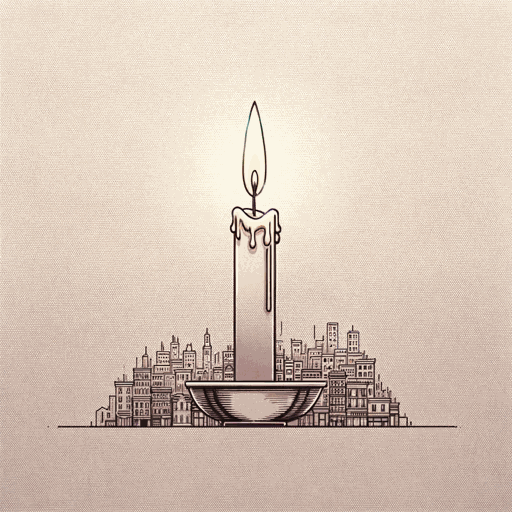
The Innocents Abroad
Mark Twain
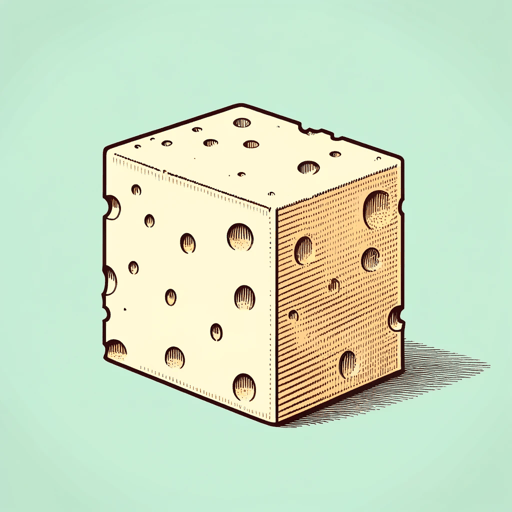
The Invalid's Story
Mark Twain

The Man That Corrupted Hadleyburg
Mark Twain
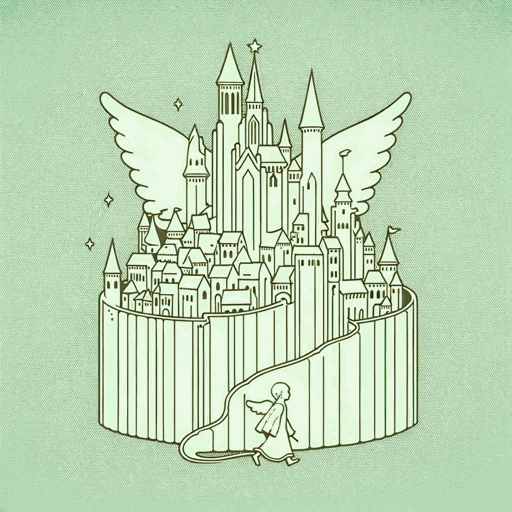
The Mysterious Stranger
Mark Twain
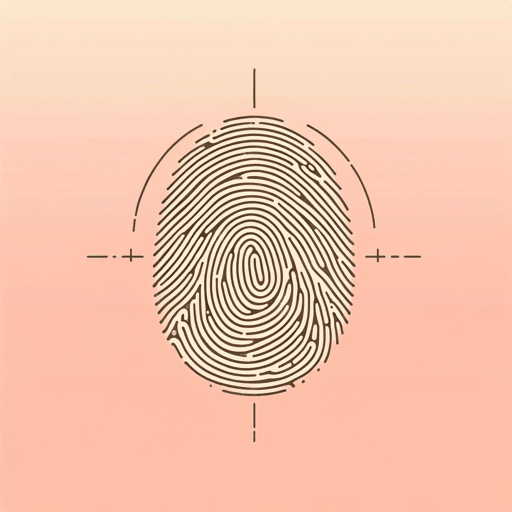
The Tragedy of Pudd'nhead Wilson
Mark Twain

The War Prayer
Mark Twain
